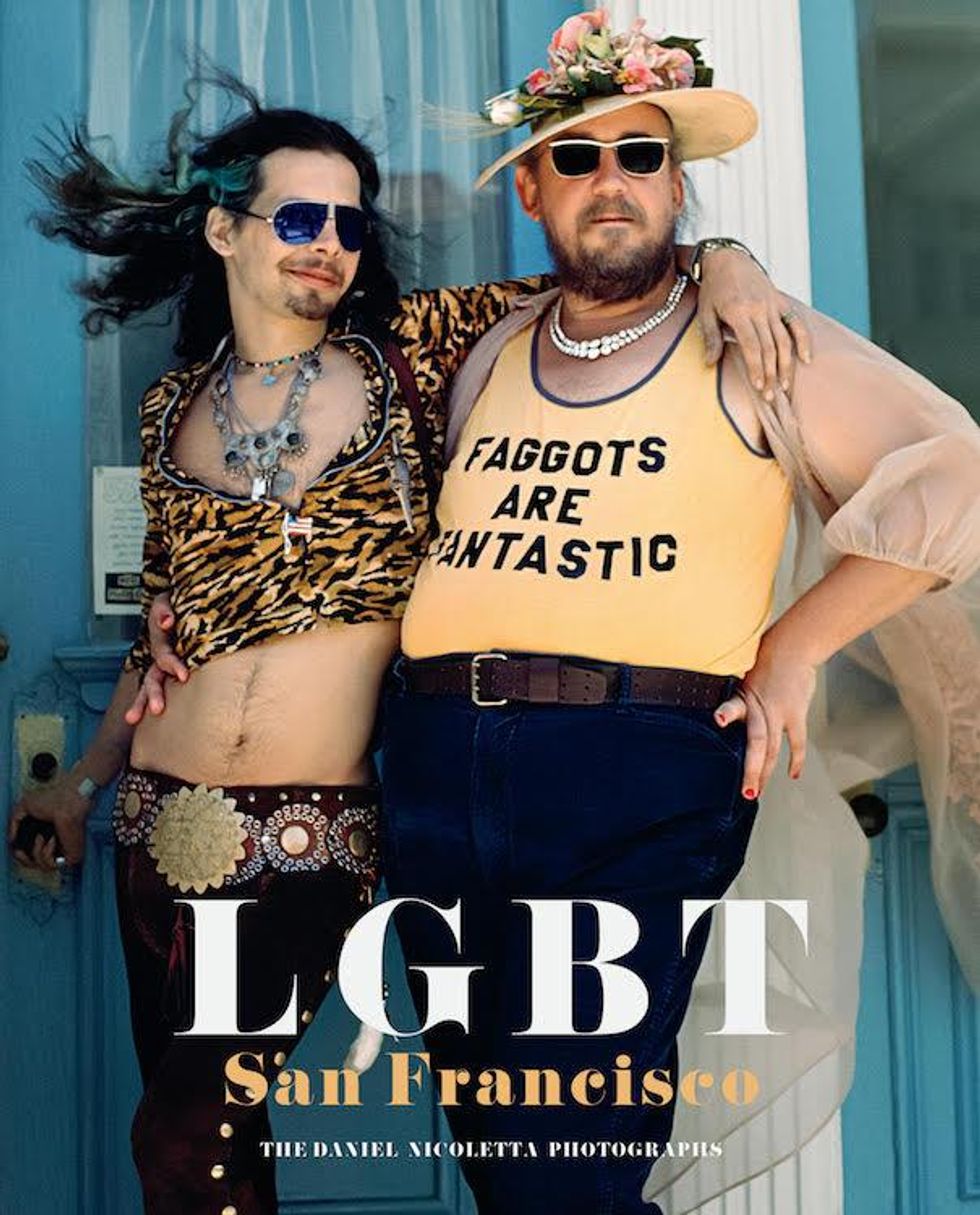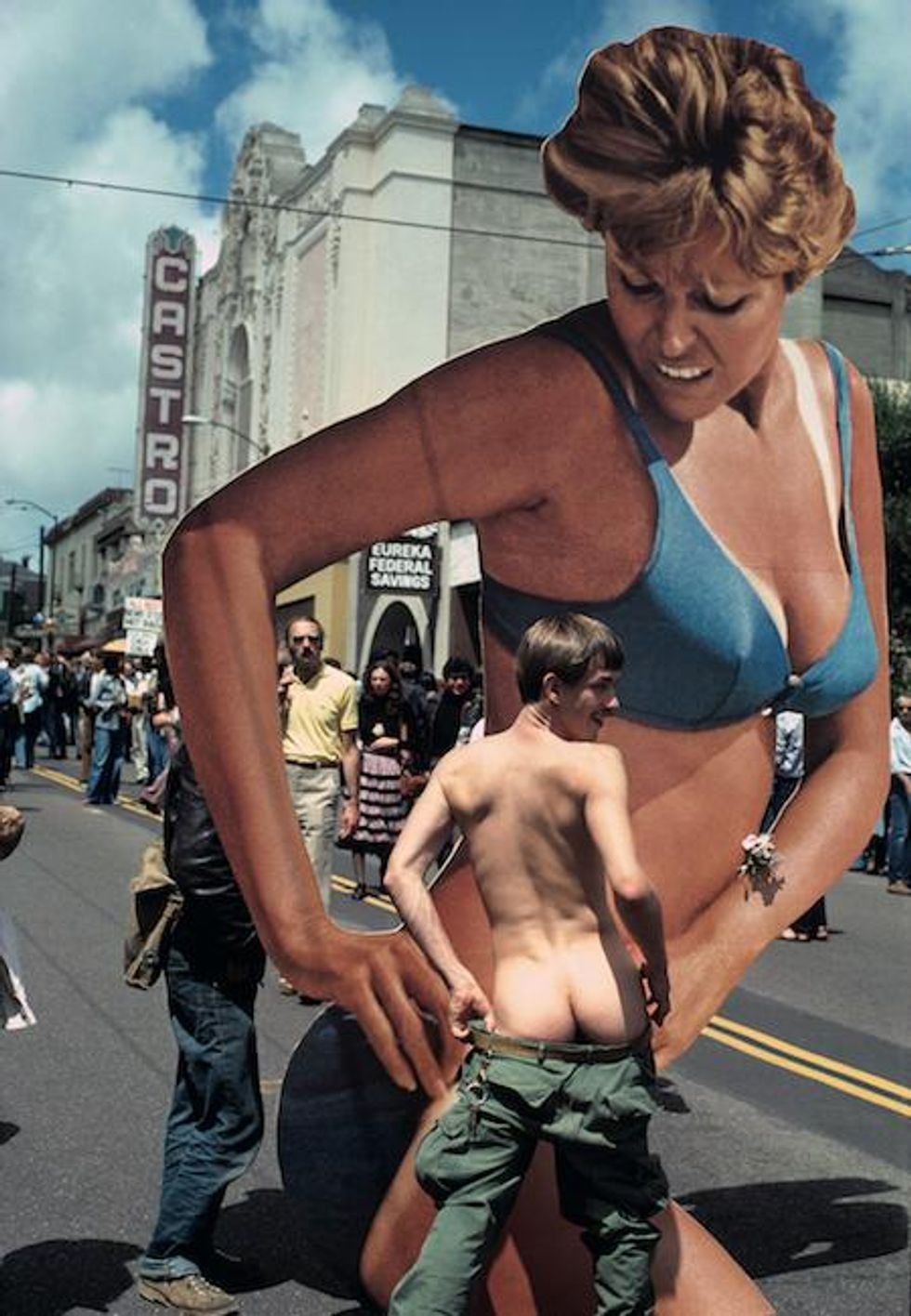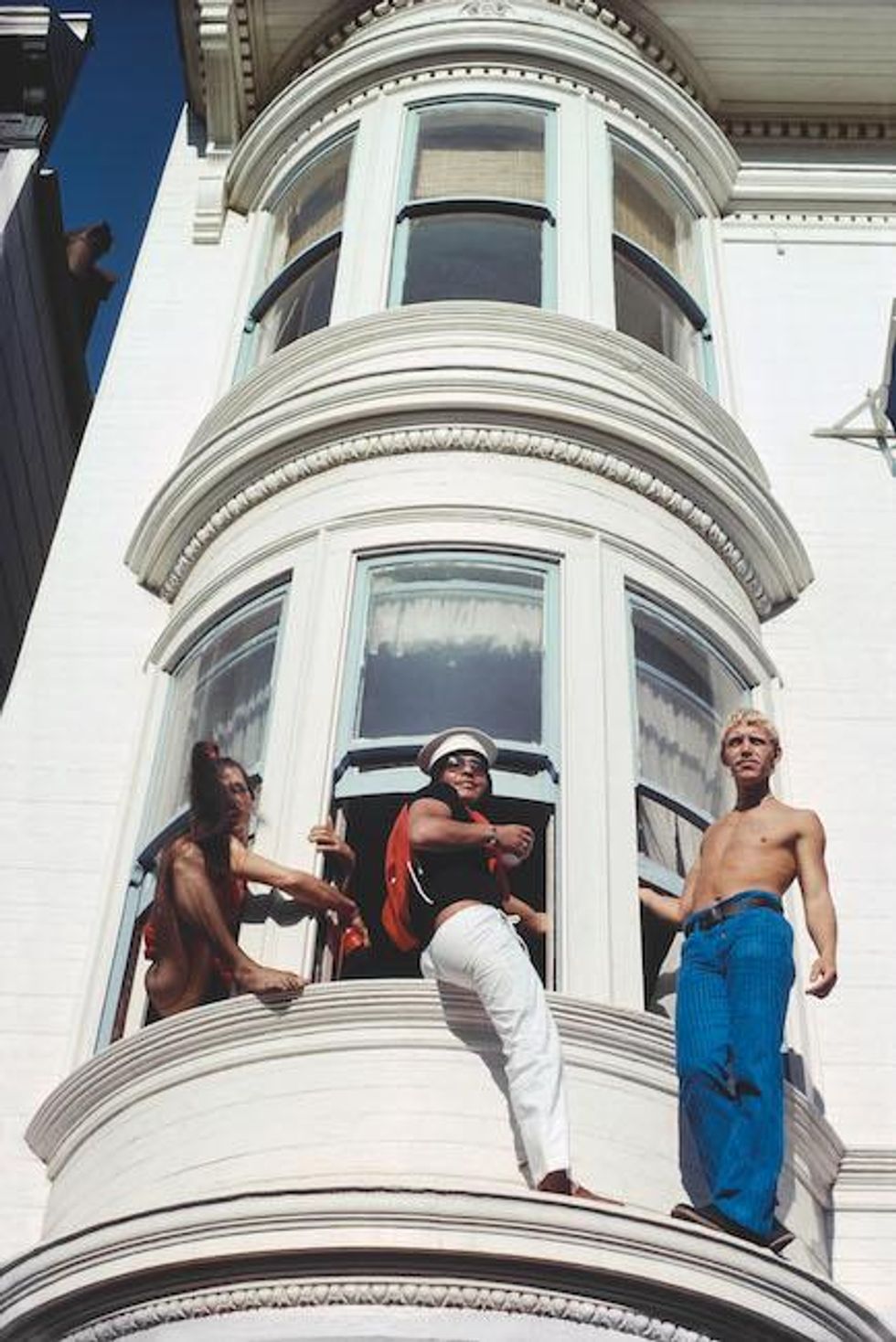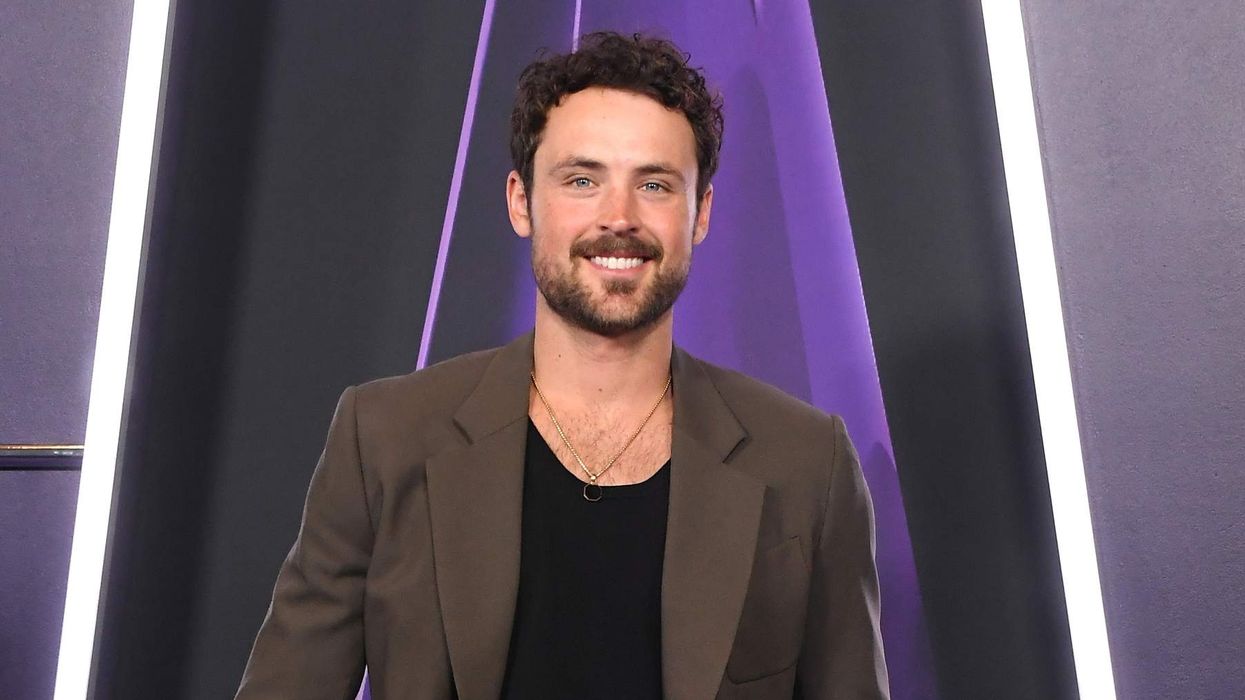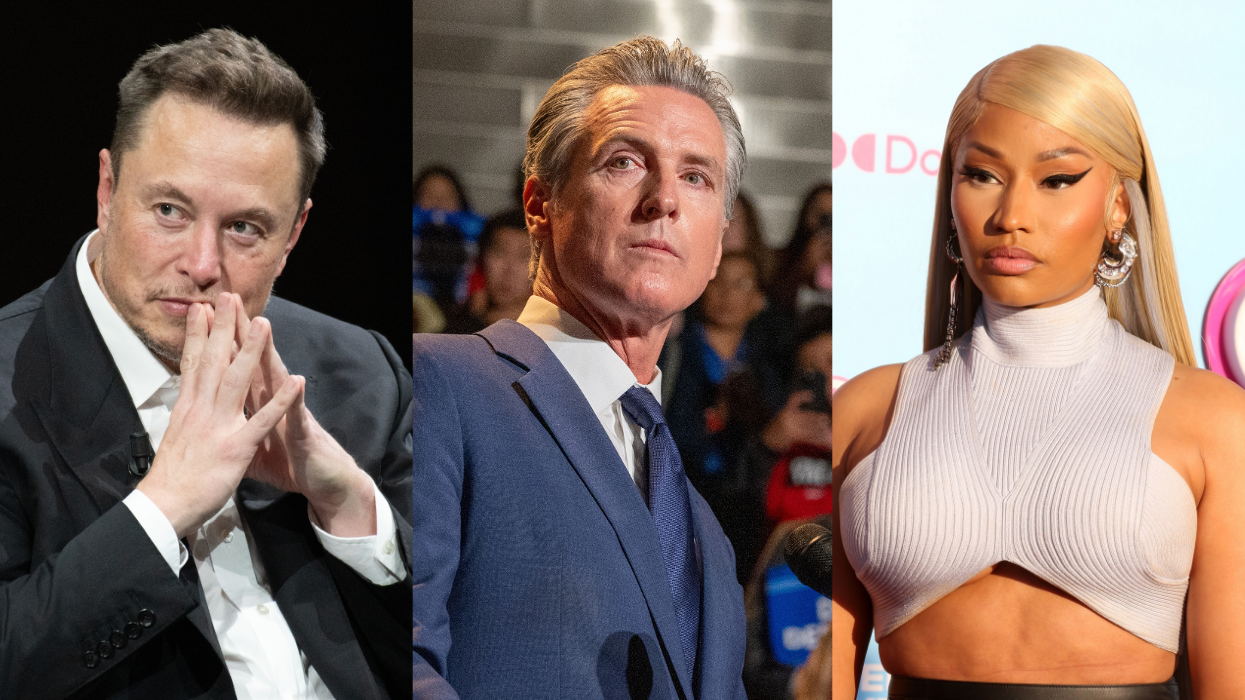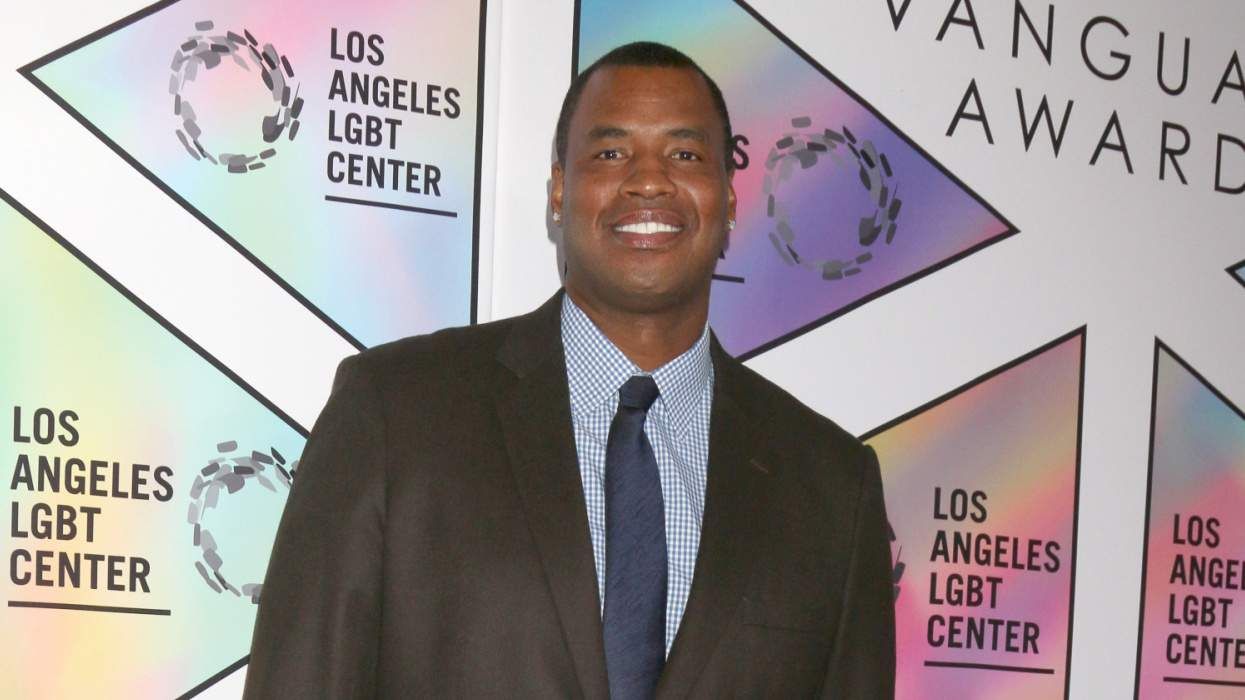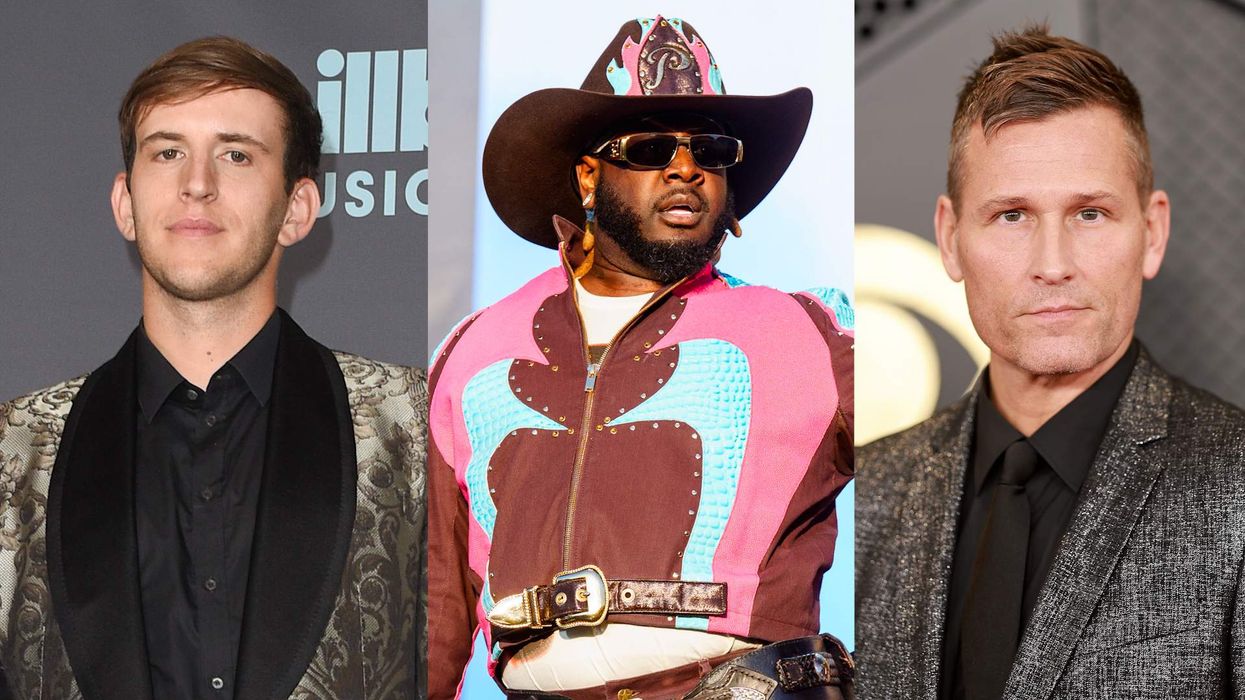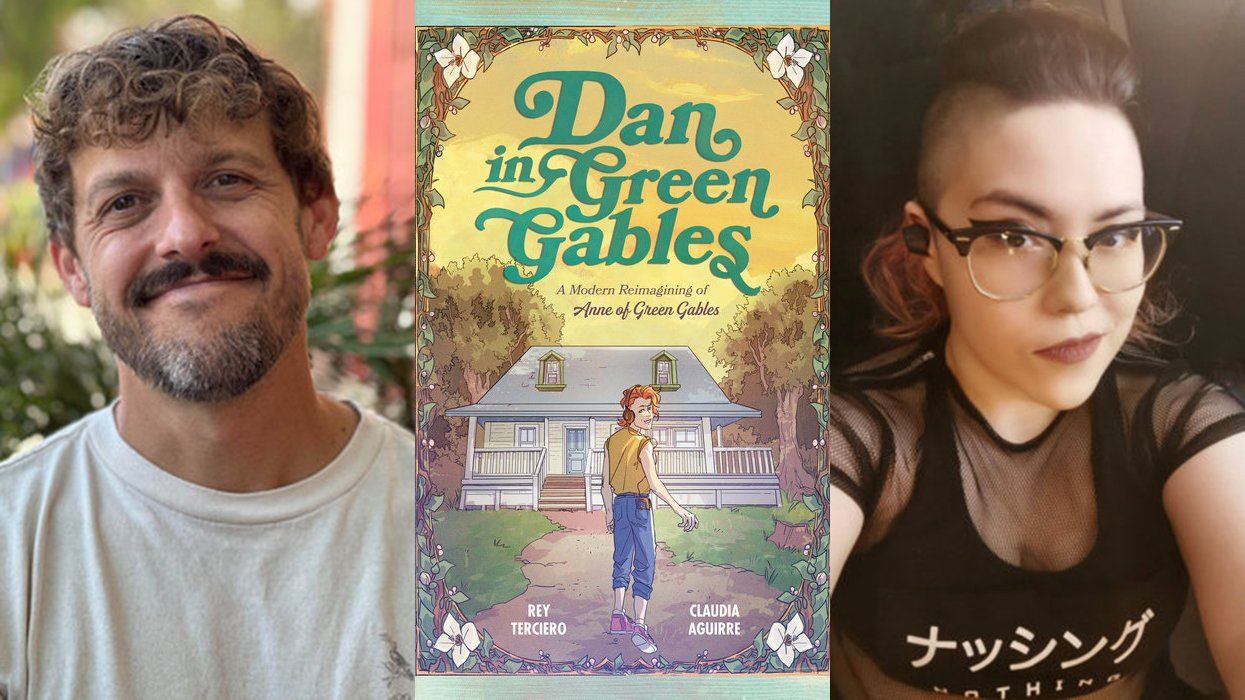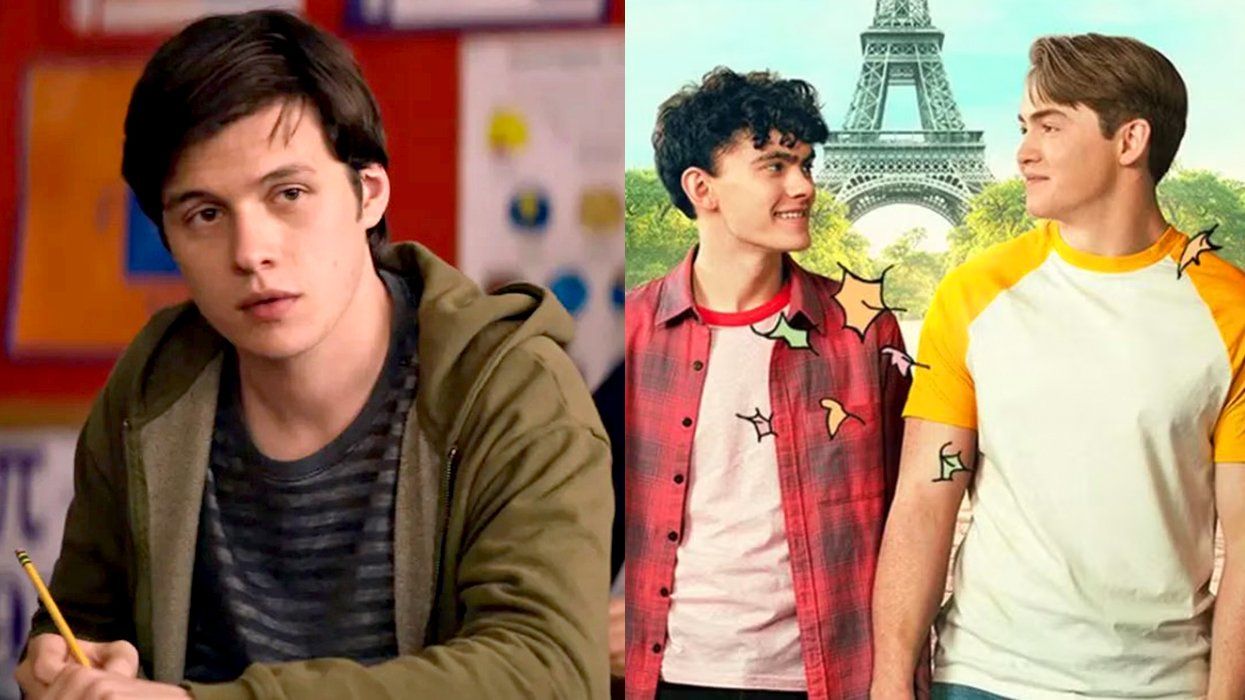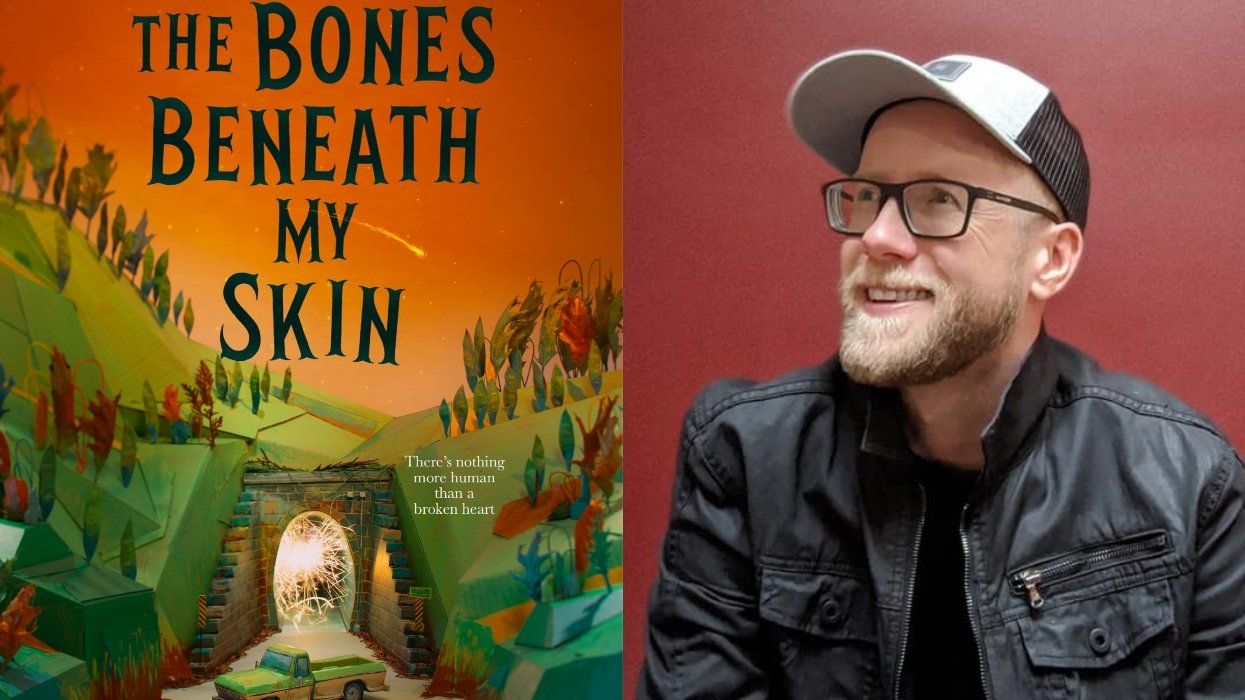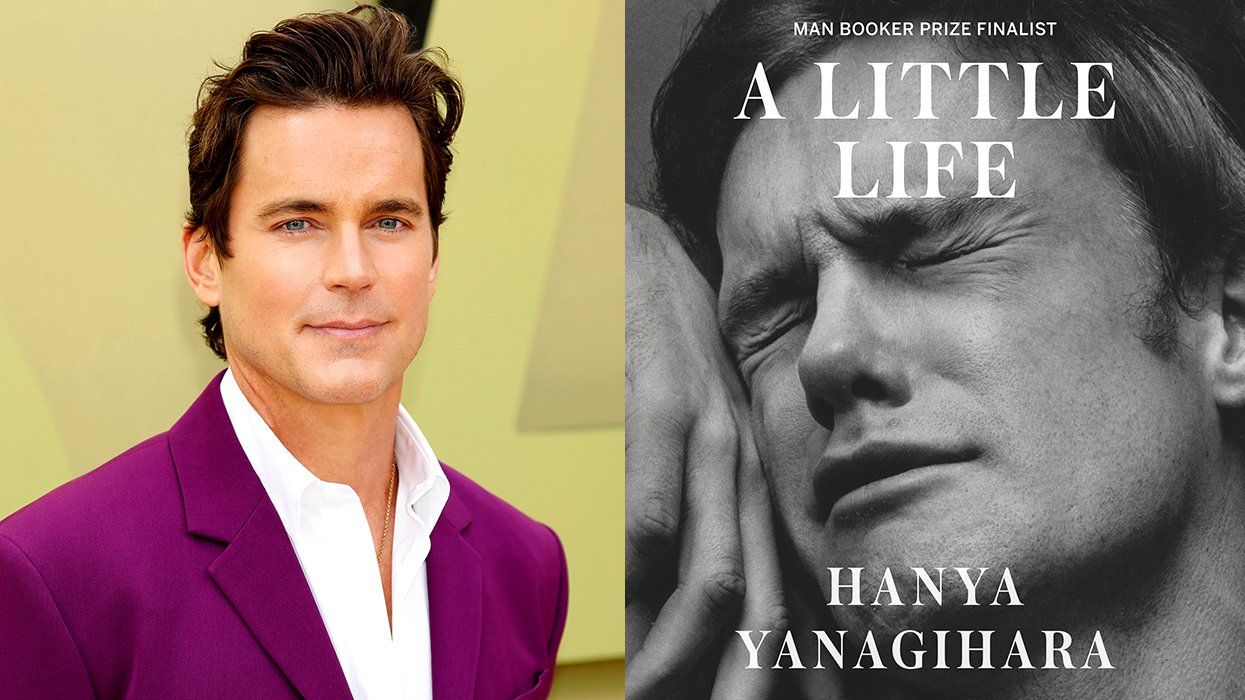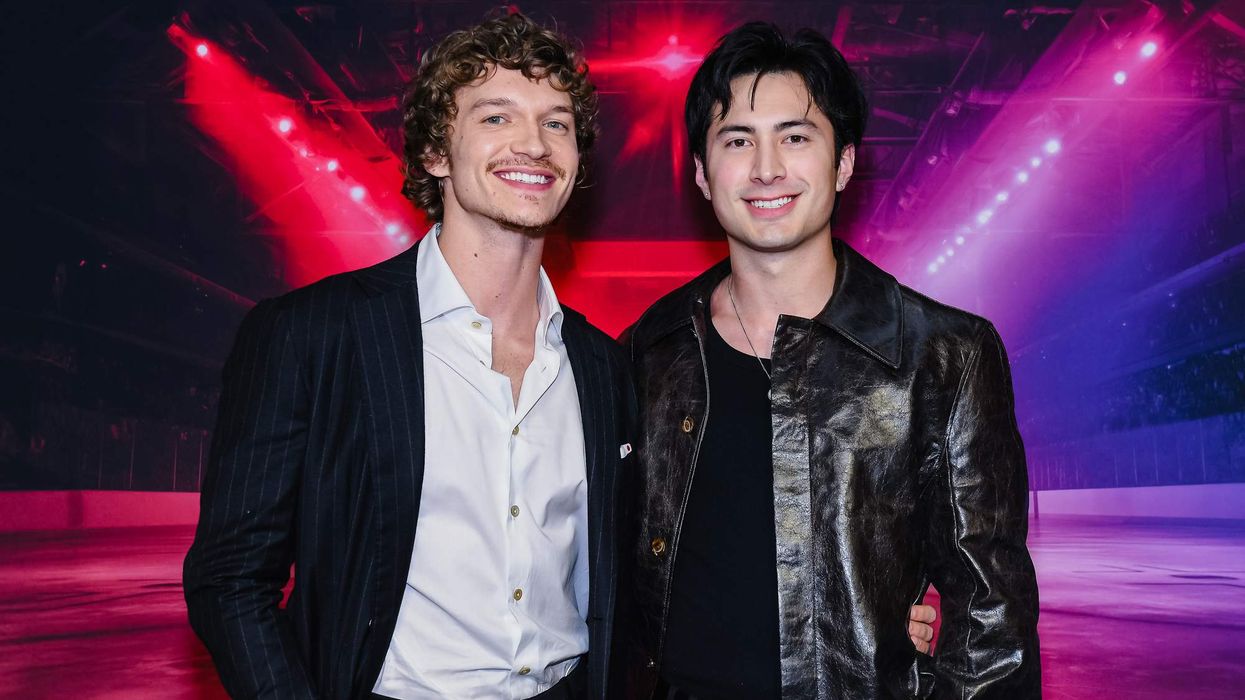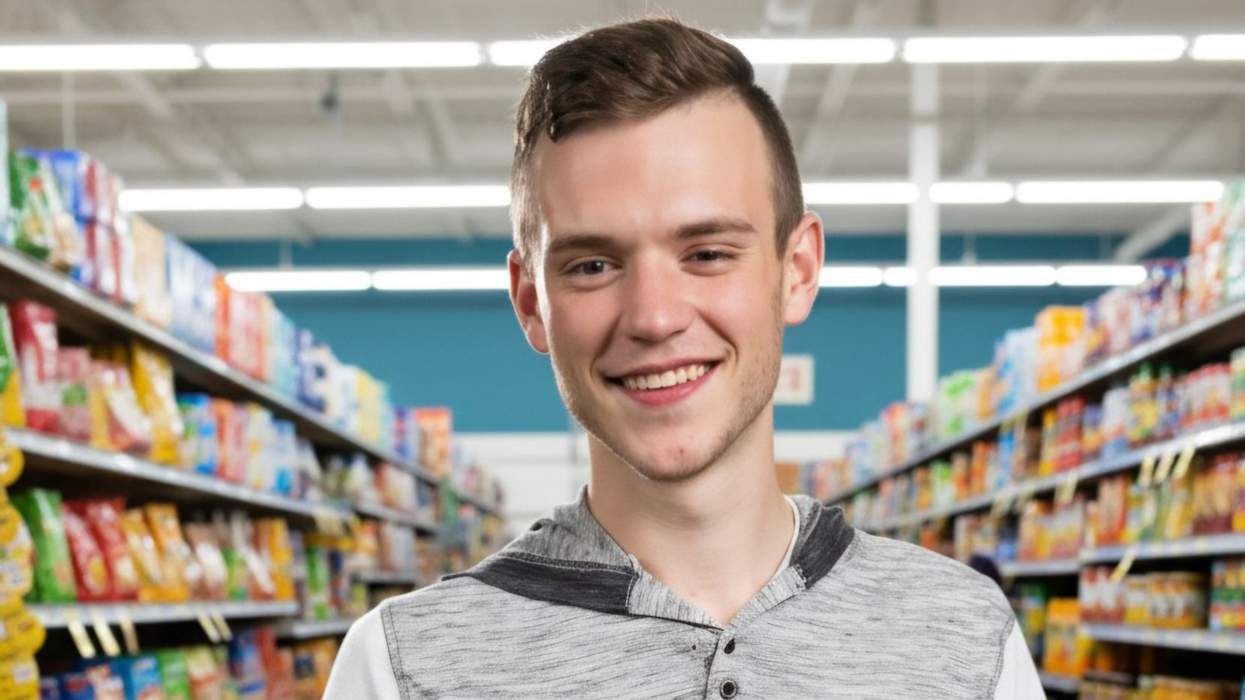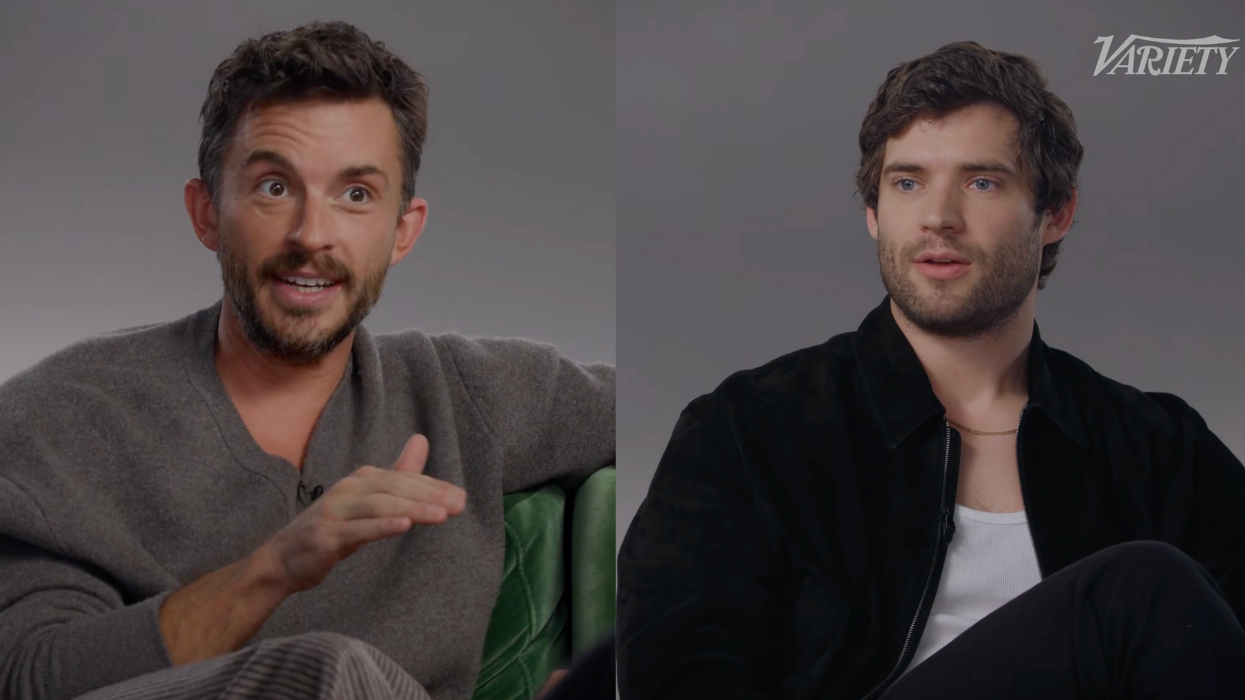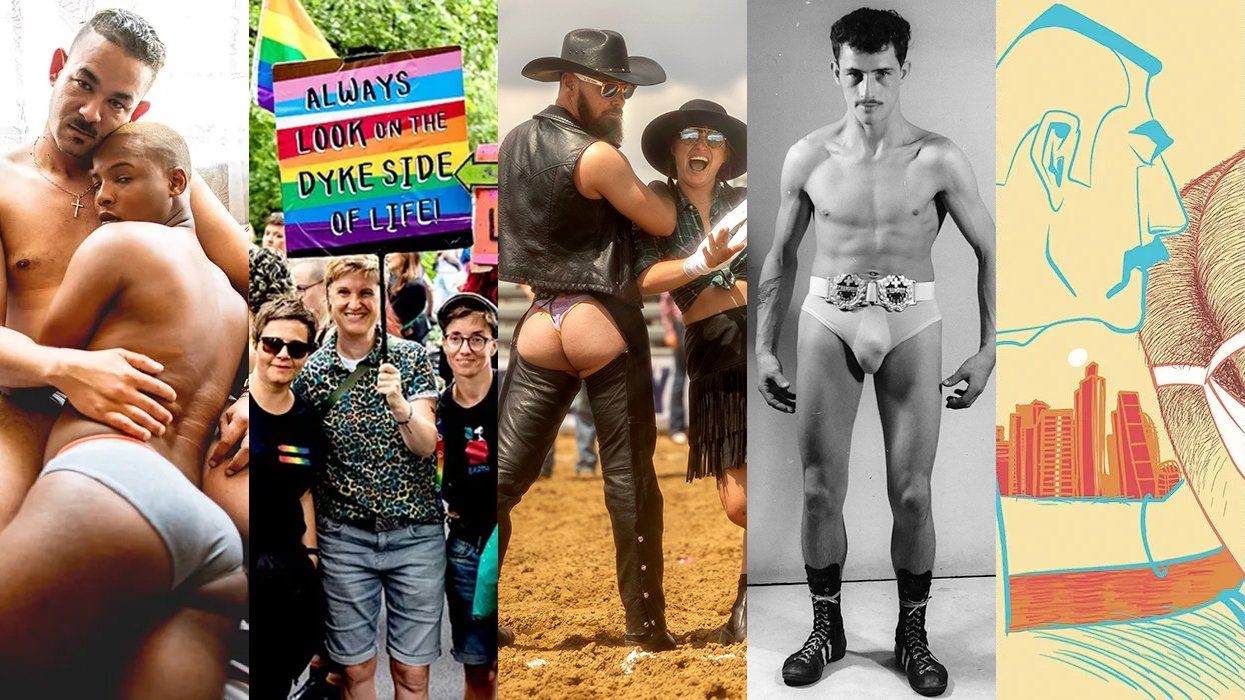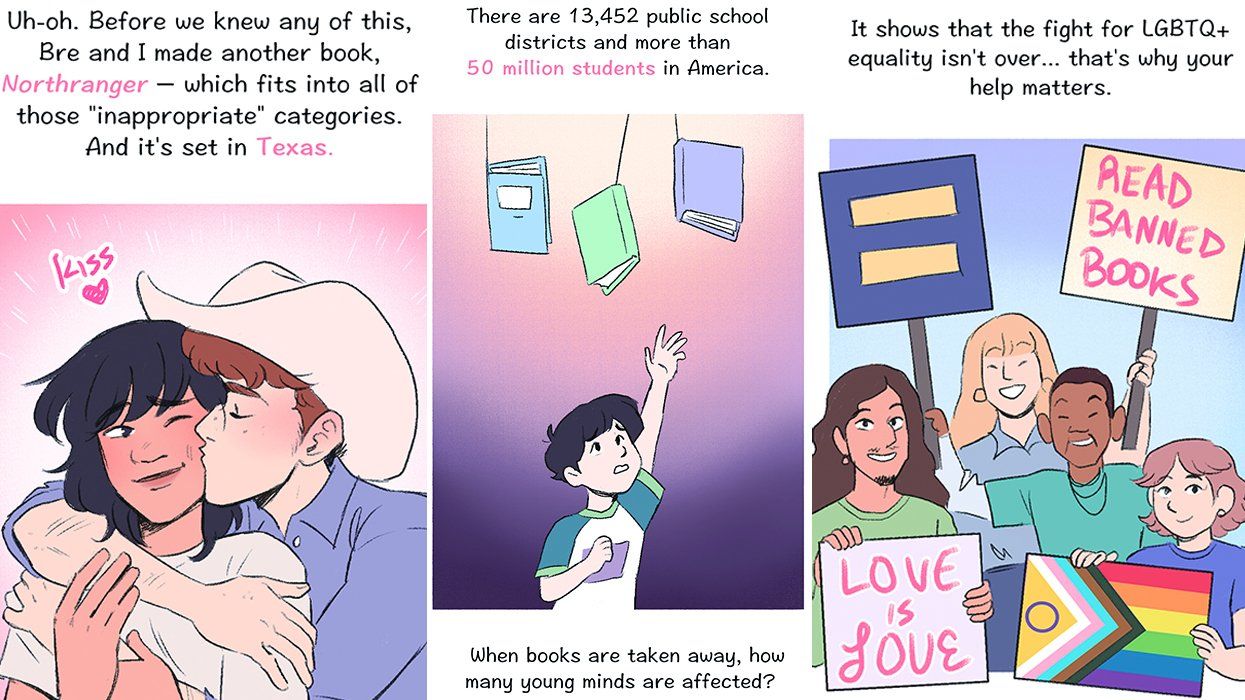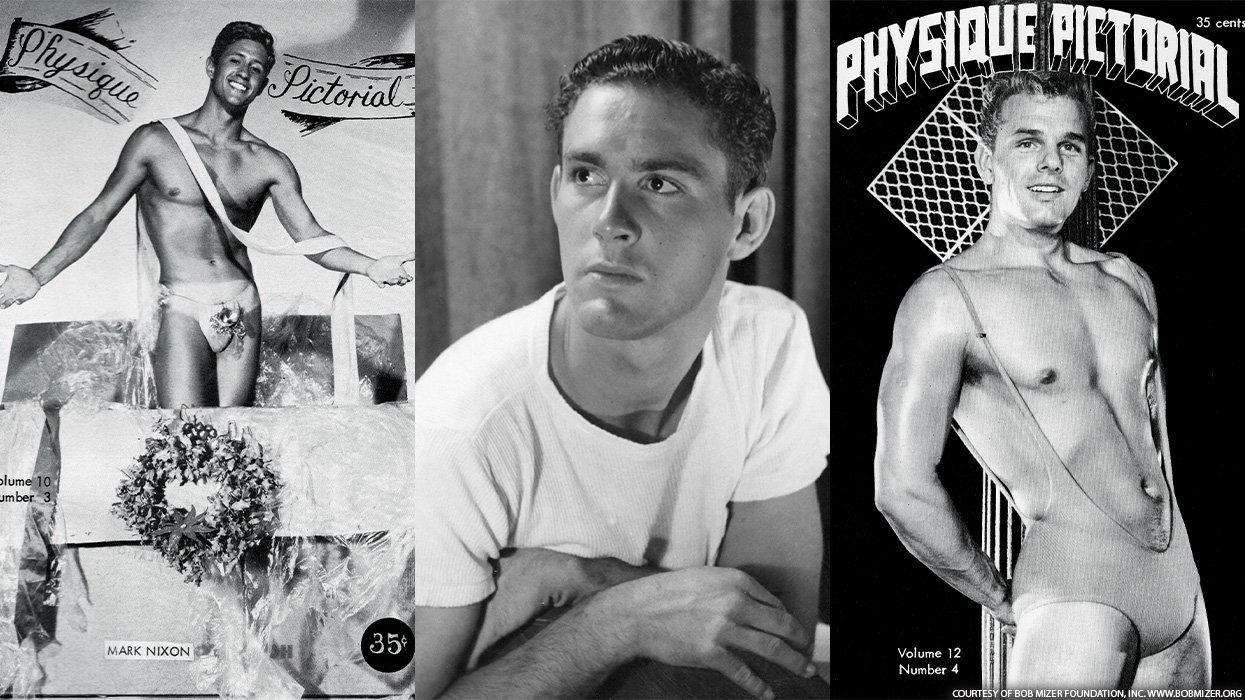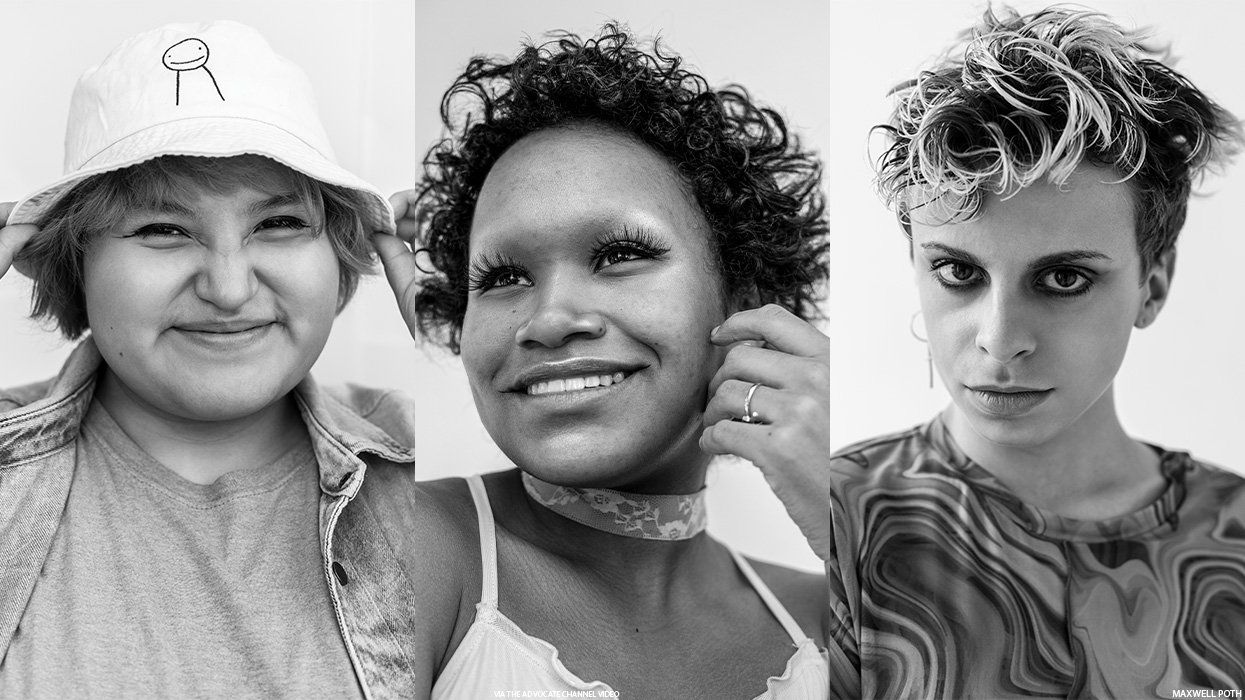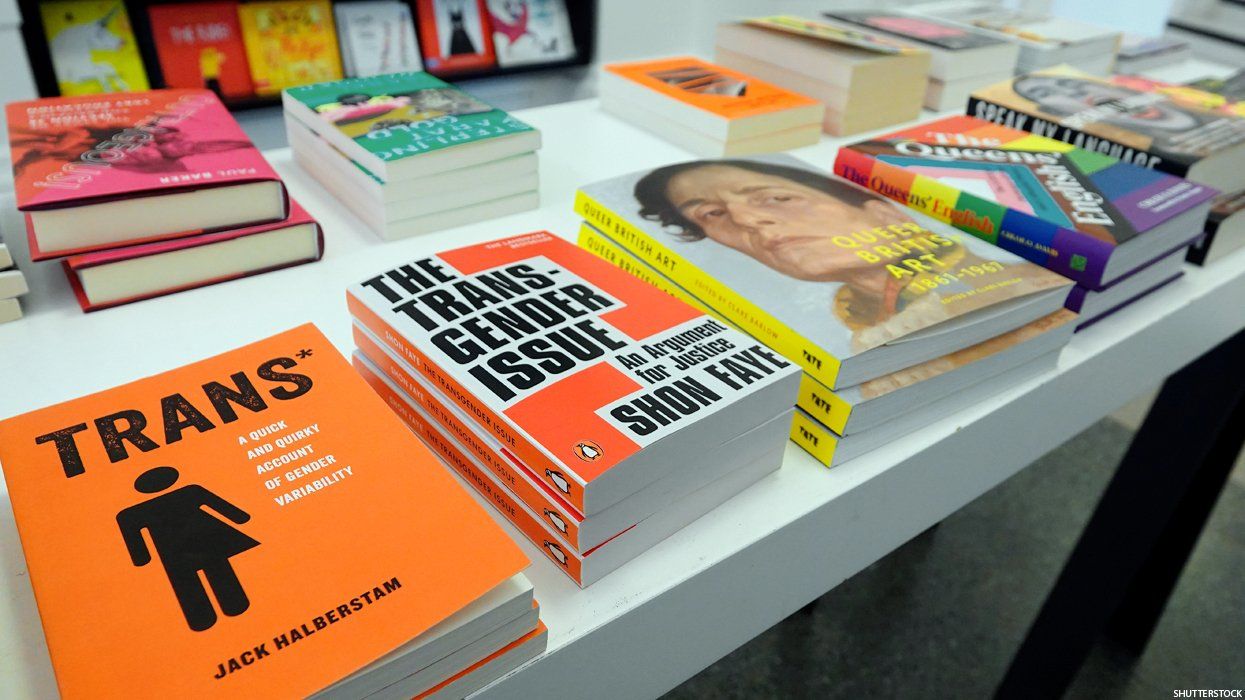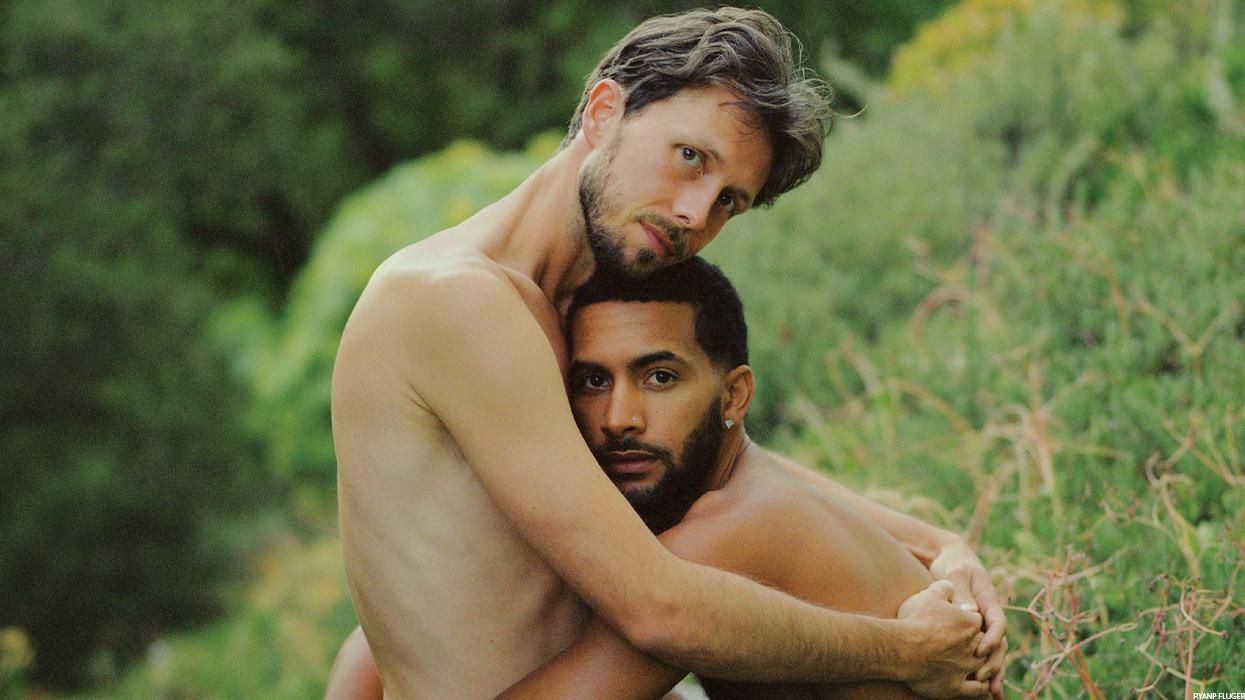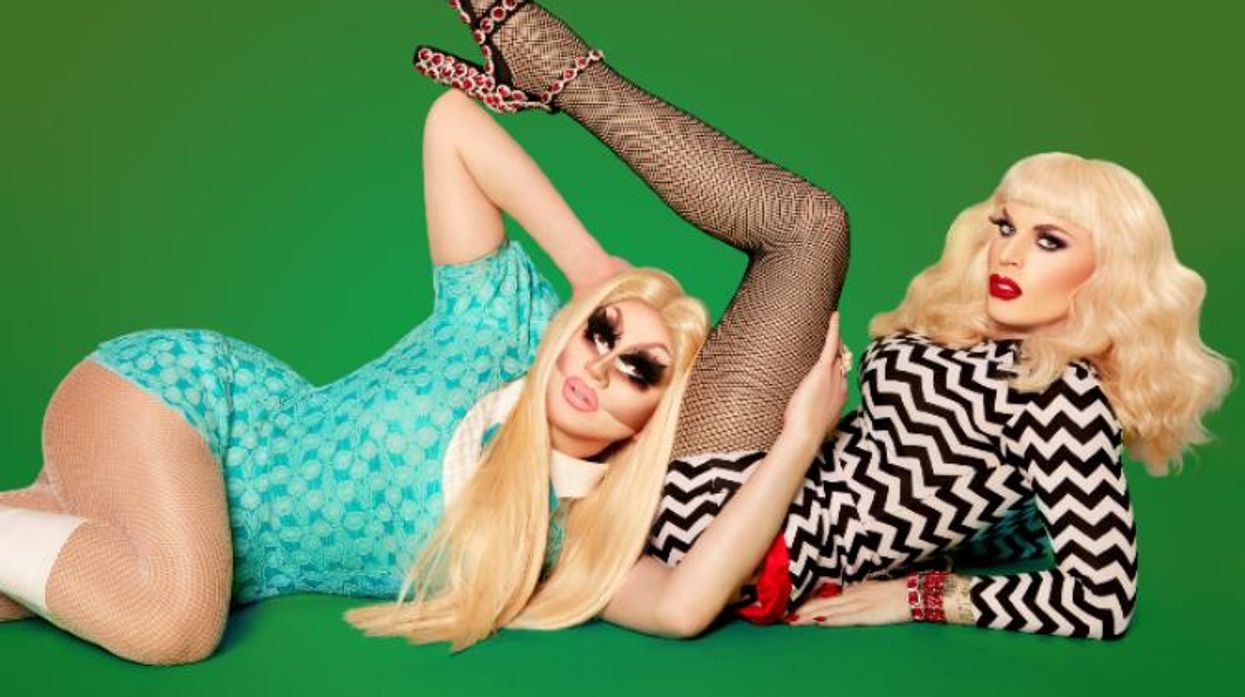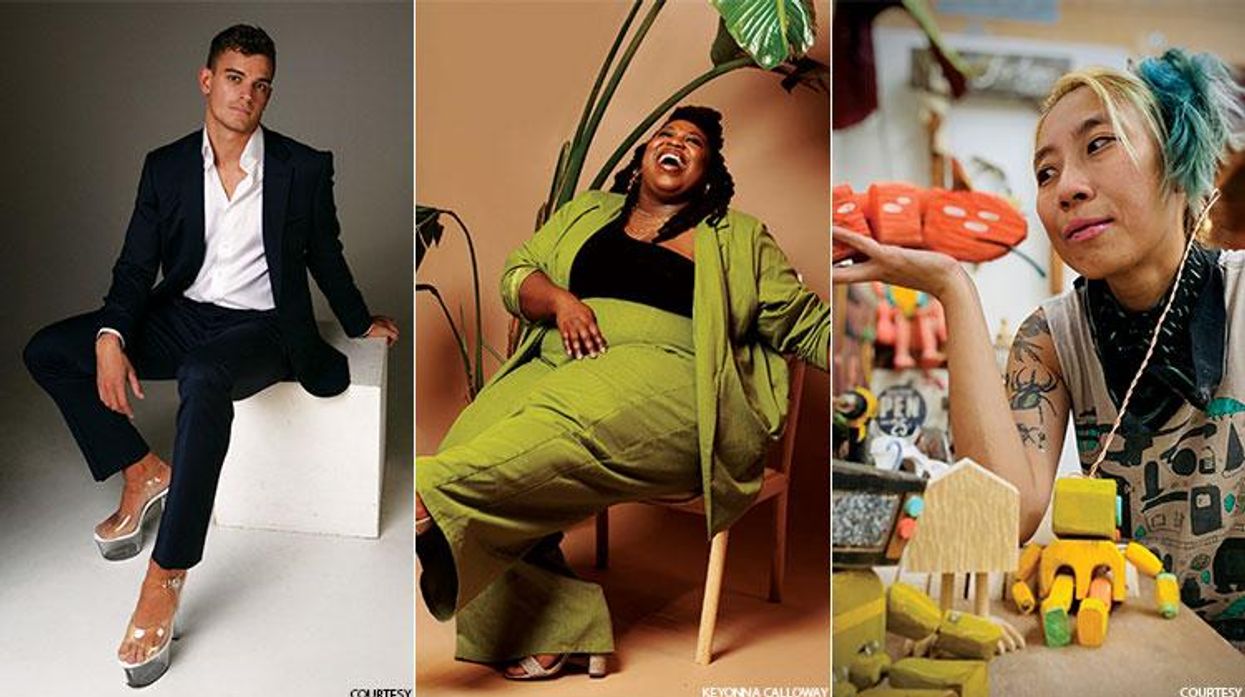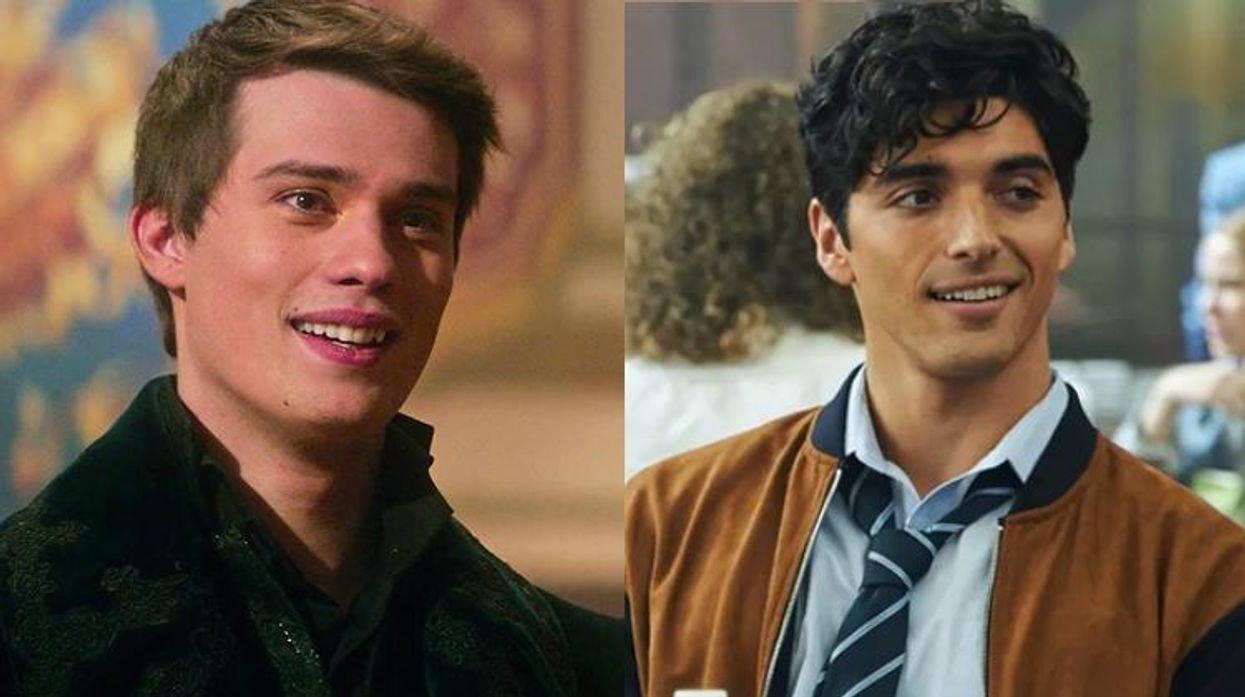When photographer Daniel Nicoletta started working for Advocate Magazine staff photographer Crawford Barton in 1975 San Francisco, the social climate and then-queer community was about to burst.
With the rise of Harvey Milk and large scale protests in the streets, San Francisco became even more of a haven for the gay and lesbian community to come out of the closet and grab onto their rights. Working closely on documenting Harvey Milk's campaign and his eventual victory as one of the first openly gay elected officials globally, Nicoletta started zeroing in on particular individuals in order to tell their respective stories through portraiture.
LGBT: San Francisco (The Daniel Nicoletta Photographs), published July 2017 by Reel Art Press
This practice didn't truly kick in, however, until he opened his first studio in the '90s and started what would then become the content of his newest work, LGBT: San Francisco--a first ever collection of the work Nicoletta has put into capturing the portraits of the community across an always moving and ever-changing socio-political climate.
OUT caught up with Nicoletta ahead of his book's release this summer to discuss working closely with Harvey Milk, shooting on set for 2008's Milk and San Francisco's displacement problem.
OUT: What drew you to San Francisco?
Daniel Nicoletta: I moved to S.F. in search of the right college, but I think that, at an early age, my sights were set on the mythical Haight/Ashbury Summer of Love. I was a huge Janis Joplin fan, for example. Ultimately California College of Art (CCA) in Oakland is what brought me to the Bay Area for my sophomore year in college.
How did you become involved with Harvey Milk?
After a year of being a customer at Castro Camera, Harvey and his life partner Scott Smith asked me to come work for them as a clerk in the store. Harvey was entering his second bid for City Supervisor and they needed extra help. Getting that job--which lasted for 3 years--was a life changer. The Castro neighborhood was a cultural epicenter at that particular moment in time. I was a lucky kid.
What was your initial reaction when Gus Van Sant asked you to be involved in Milk (2008)?
I was overjoyed. Being a "special" photographer on set was some of the best days of my life and, of course, it was uncanny to be documenting depictions of things I had lived through. The cast and crew were terrific and I still get chills at the emotional charge we were all experiencing together. We knew we had a great responsibility to the story of our forebears.
I miss Harvey and Scott; they were like older gay brothers to me at a time when I needed mentorship. My closeted high school years were troubled. I could have easily ended up as one of those kids who commit suicide before they have a chance to really live and form their own identity and path. Harvey and Scott understood this fragility in me, but said, "Look around you here in the Castro, we are co-creating a better world worth living and fighting for, there is no time for self- loathing."
LGBT: San Francisco (The Daniel Nicoletta Photographs), published July 2017 by Reel Art Press
What is your process in deciding what subjects to photograph?
I've been a bit of a Karma Chameleon in terms of how I work. At first, I fancied myself the Diane Arbus of the LGBT communit, but then thought maybe I was the Brassai of the gay community. Each time I discovered a new idol I shapeshifted. Then, I wanted to be the Richard Avedon of the gay community and opened a studio for 10 years and dragged the community I had come to know and love into a studio context. I was also a big fan of Max Waldman--the great studio theatre photographer--so there is a whole body of work that speaks to the theatrical in life. Now, I am just me, but I continue to be inspired by many.
How did you select the images you included in the book?
Tony Nourmand and I selected together. I think he visited my home in Oregon three times during our process and the rest was done electronically, but even so it was arduous. It's drawn from 40 years of work in multiple formats. We learned a lot about letting the material tell us what it wanted to be in the context of this book. Tony and his staff are terrific. They were hugely instrumental in the book's artistic success and so wise about publishing.
Why publish this book now?
I remember pulling down Diane Arbus' first monograph from a university library shelf, solidifying in my mind's eye a similar vision for my own work, and then shooting my pictures with book projects in mind. Prints on a wall or in a box in some vault are great, but the reach of the photo book is more poignant and egalitarian, so I devoted myself to that. I have been studying books for 40 years and I am ready.
I had to wait a long time to do books because the synergy of my calling as a working photographer was brisk, but I always knew I would get there at an opportune point in my life. That time is now, fortuitously the technology for bookmaking is on fire now.
LGBT: San Francisco (The Daniel Nicoletta Photographs), published July 2017 by Reel Art Press
In your opinion, how has the LGTBQ community in San Francisco changed since the '70s?
I was just in S.F. last week and go down periodically, from Grants Pass Oregon, where I have lived full-time for 3 years now, and the changes in S.F. are sweeping. The utopian bohemia I discovered in 1974 has mutated severely.
The displacements that are at crisis level now actually began back in the mid '70s and so to think in terms of reparation is a start for me. I still ask myself why counterculture is often the first wave of gentrification and how best to mitigate that problem? That line of questioning requires our continued attention if we are to preserve the magic that S.F. is so famous for. I feel it's up to the people to honor and protect S.F. as a safe harbor for all, but especially with respect to ancestors, both living and dead.
Do you find that the community is facing similar issues now?
Yes. There is still that basic struggle to not be co-opted by something uncompassionate, no matter how difficult it is to survive there now. It's also ironic to me that we all want to play with the toys that this new wealth has created, but we don't want them to prosper for their toils. They, in turn, have to be more mindful of their footprint.
What do you hope to achieve with this book?
I want to pass on the notion that creative expression is a powerful tool for change. When, in 1977, Anita Bryant, then spokesperson for the new right, fostered the repeal of the civil rights of LGBT people, we fought back in whatever ways we had to offer and sometimes won the disputes. So my hope is that people continue to be called to action. Action feeds the soul, apathy drains it.
Are you working on any new projects?
Reel Art Press and I would like to do an all studio book next and I want to also do an all theatre book, in the style of Waldman on Theatre, and perhaps a fun book of all my cute scruffy lad pictures from over the years.
I feel these twilight years of my life should be engaged by organizing the existing body of work and shooting less new work, but I will likely never be able to simply stop shooting. I love it too much. I have been doing amazing portraits of some of the rural queers I am meeting up here and I will always use photography as a journaling device for what is going on for me--even if the work is never published.
I continue to respond to the legion of students from every level of education who are exploring Milk and the era and that work is just built into what I do and who I am. Harvey and Scott would want me to show up in that way and I do.
Almost as a kind of antidote to all that, I am gardening for the first time in my life. There is a lot to be learned about life from the plant world, and it's alongside my lovely as ever soul mate of 33 years, Michael Pinatelli, who has supported me and the work unconditionally since we met in 1982.
Daniel Nicoletta's LGBT: San Francisco is available this summer through Reel Art Press. Pre-order a copy, here.



